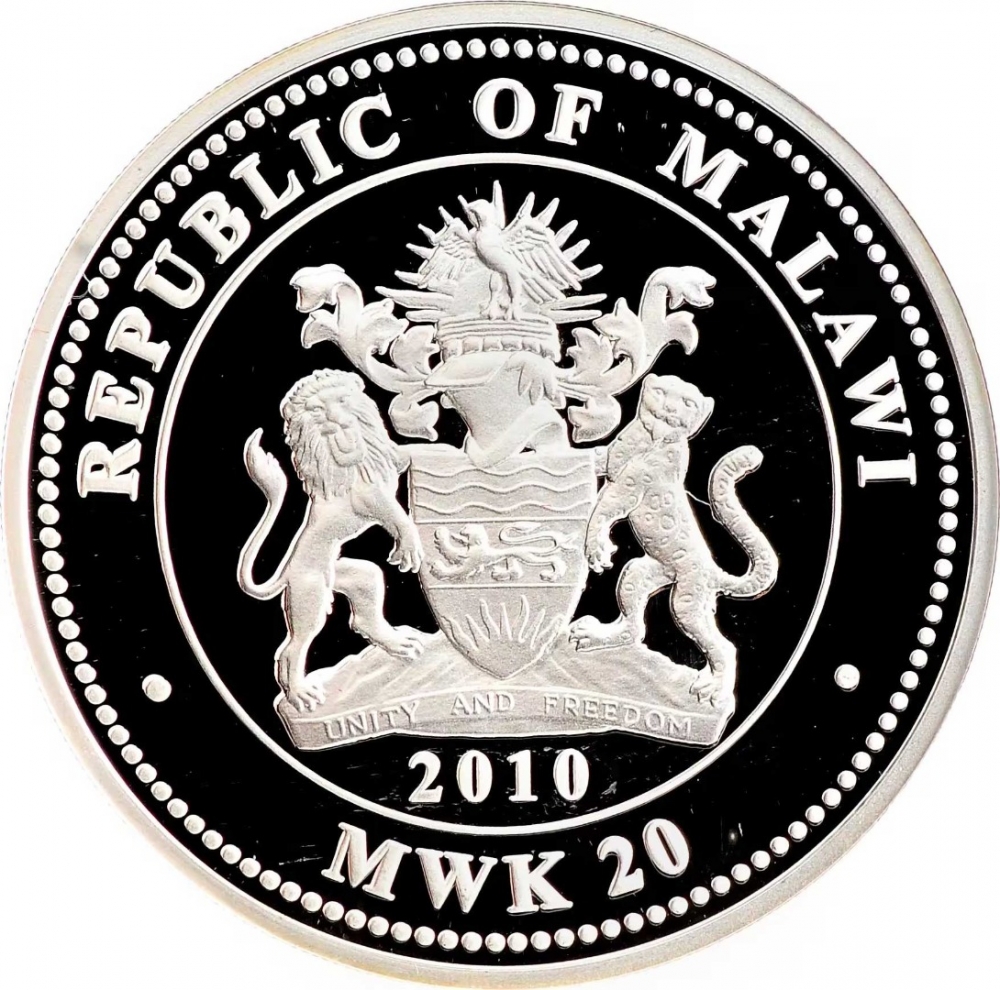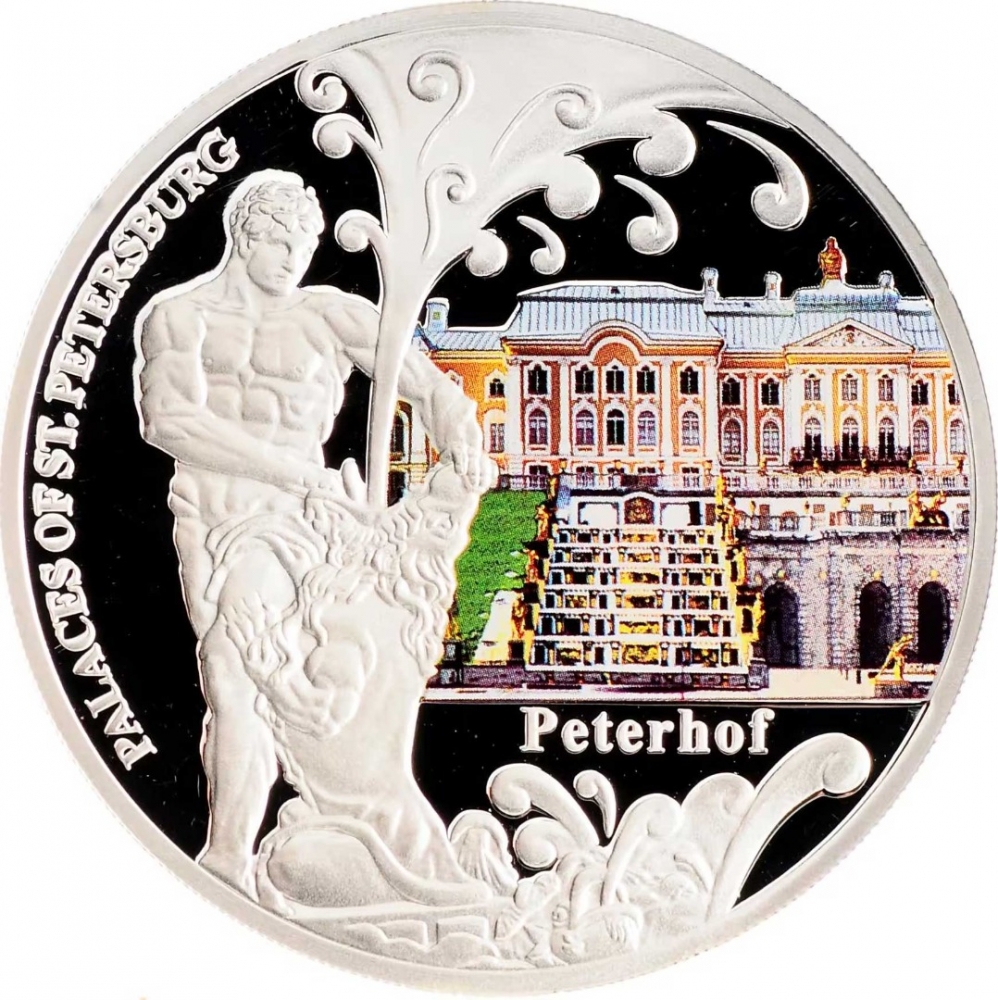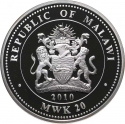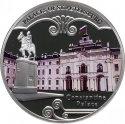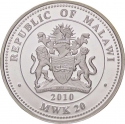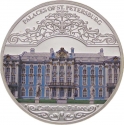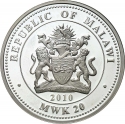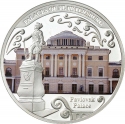You are about to finish your registration. Please check your mailbox (including spam folder). There should be a letter with a confirmation link. Check setting to make sure that your e-mail address is correct.
Send letter againDescription
Founded by Peter the Great in 1703, Saint Petersburg is not only a city rich in beauty and attractions, but it also served as the capital of Imperial Russia under the rule of the tsars. This has left the city with a remarkable historical legacy and an array of grand palaces from the tsarist era. Despite the fall of Tsarist Russia, many of these opulent structures remain, now preserved as key tourist attractions. The St. Petersburg palace coin series offers a glimpse into the lives of the city’s aristocratic families, such as the Yusupovs, Stroganovs, and Sheremetyevs, each palace holding its own secrets and stories.
Obverse

|
Depicts the coat of arms of Malawi, date below within a circle, country name above and denomination below surrounded by a beaded circle. REPUBLIC OF MALAWI |
|---|---|
Reverse

|
Depicts a multicolored view of the spectacular Grand Cascade in front of the Grand Palace facade with a focus of one of the Fountains of Peterhof at the left depicting a Triton grappling with the jaws of the sea monster, surrounded by the series title "Palaces of St. Petersburg" left and palace name below. PALACES OF ST. PETERSBURG |
| Edge |
20 Kwacha
Republic
Palaces of St. Petersburg
Peterhof Palace
Subscribe series
Schön# 196.1
Palaces of St. Petersburg
Peterhof Palace
